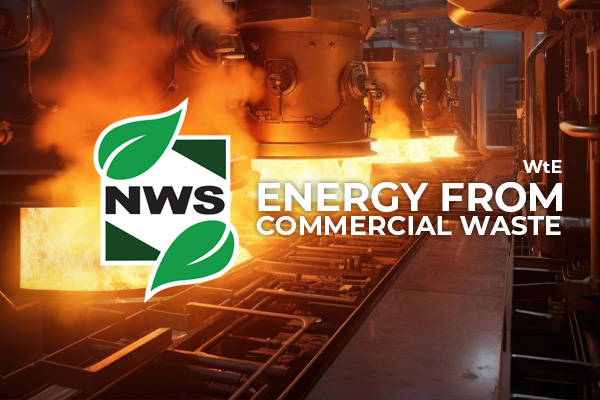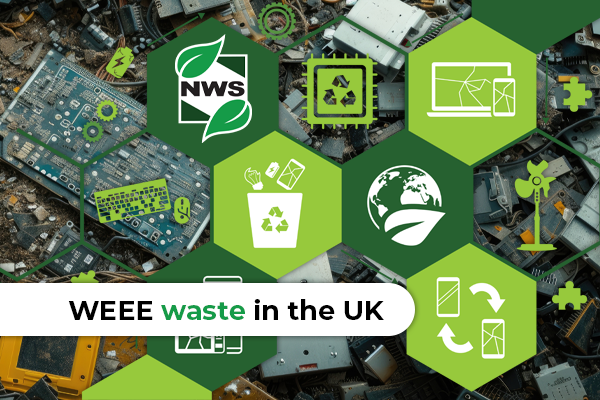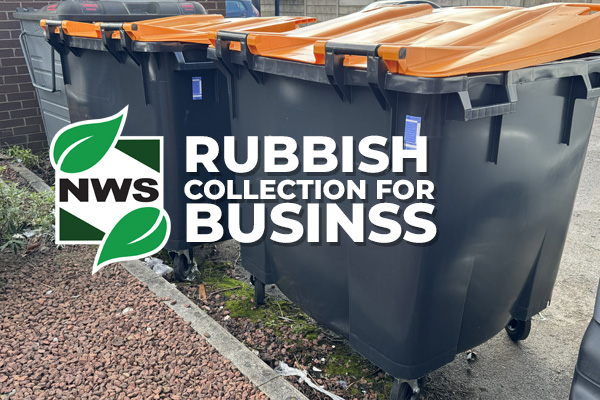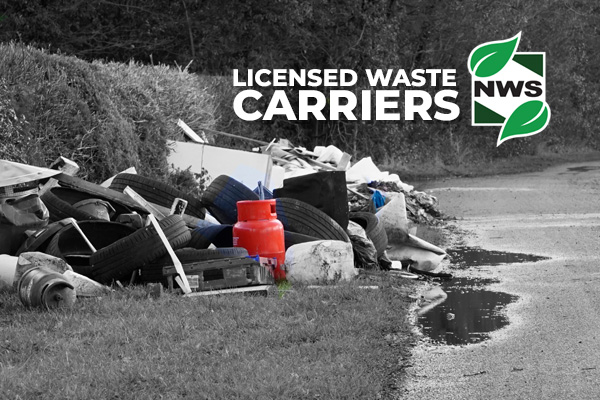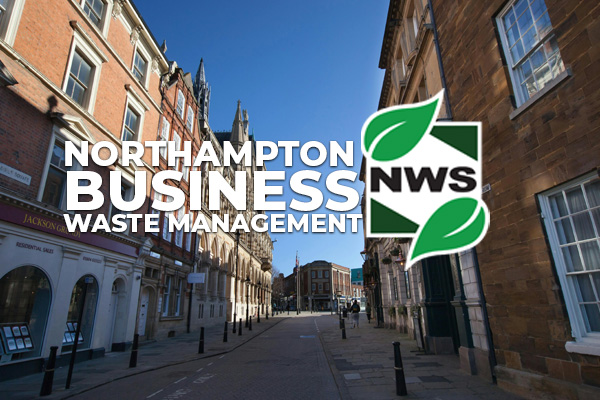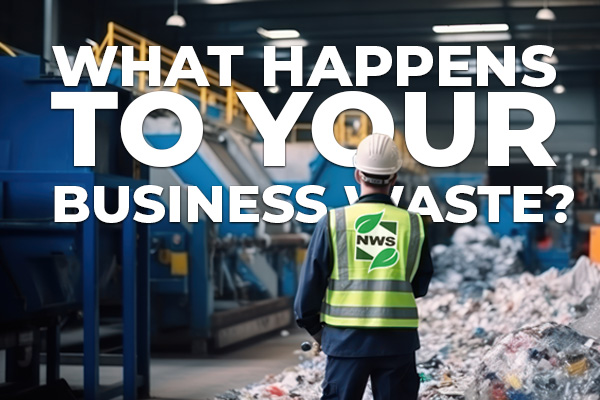Introduction
As the world grapples with environmental challenges, businesses are increasingly seeking sustainable solutions for waste management. One promising avenue is Waste-to-Energy (WtE), a dynamic field that transforms commercial waste into valuable energy resources. In this article, we explore the innovative aspects of advanced gasification technology within the WtE landscape. From municipal solid waste to agricultural residues, let’s delve into how these processes generate energy and contribute to a circular economy. How do we get energy from commercial waste?
The Power of Gasification
What Is Gasification?
Gasification is a cutting-edge technology that converts various waste streams into synthesis gas (syngas). Unlike traditional incineration, which primarily produces electricity and heat, gasification offers a more versatile solution. Here’s why it stands out:
- Flexible Energy Output: Syngas are refined into synthetic fuels for powering internal combustion engines. This flexibility makes gasification an attractive choice for energy generation1.
- Efficiency: Gasification boasts higher efficiency compared to incineration, making it an optimal route for electricity production1.
Advanced Gasification Technology: CleanTech Solutions
CleanTech: A Game-Changer
At the forefront of gasification technology lies CleanTech, an advanced fluidized bed gasification system developed by WtEnergy Advanced Solutions. Let’s unpack its key features:
- Versatility: CleanTech effectively transforms a wide range of waste fuels:
- Domestic Waste: Everyday refuse from households.
- Industrial Waste: Byproducts from manufacturing processes.
- Sludges: Residues from wastewater treatment.
- Residual Biomass: Agricultural and forestry waste.
- Syngas Generation: CleanTech excels at producing syngas—a mixture of hydrogen, carbon monoxide, and other gases. This syngas is a potent energy from commercial waste source.
- Environmental Impact: By diverting waste from landfills and incinerators, CleanTech contributes to a cleaner environment. It aligns with corporate social responsibility (CSR) goals.
Applications of Syngas
Syngas derived from gasification serves several purposes:
- Electricity Generation: Syngas powers turbines or internal combustion engines, generating electricity.
- Heat Production: Industries utilize syngas for process heat, reducing reliance on fossil fuels.
- Synthetic Fuels: Refining syngas produces synthetic fuels (e.g., biofuels), which can replace conventional petroleum-based fuels.
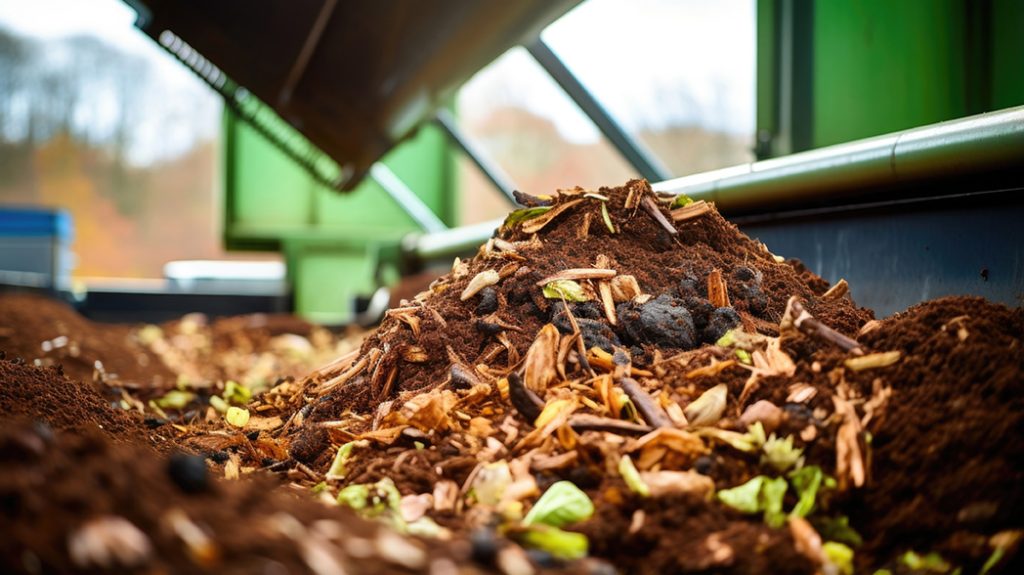
Beyond Gasification: Other WtE Technologies
Anaerobic Digestion (AD)
Anaerobic digestion is a biological process in which microorganisms break down organic matter, such as food waste, agricultural residues, or wastewater, in the absence of oxygen. This process occurs naturally in environments such as wetlands, marshes, and the digestive systems of animals. In controlled anaerobic digestion systems. Organic materials are placed in an oxygen-free environment. In a sealed tank called a digester. Within the digester, microorganisms decompose the organic matter. A series of biochemical reactions, results in the production of biogas. Composed of methane and carbon dioxide.
The biogas is captured and used as a renewable energy source for heat and power generation. Also as a nutrient-rich fertilizer or soil conditioner. Anaerobic digestion is a sustainable waste management. Energy generation solution, as it helps reduce greenhouse gas emissions, minimizes organic waste disposal, and produces valuable by-products for agricultural use.
Plasma Gasification
Plasma gasification is an advanced waste treatment technology that uses a high-temperature plasma arc to convert organic and inorganic materials into synthesis gas, or syngas. This process occurs in a sealed chamber, called a plasma converter. Where an electrically conductive gas, such as argon or nitrogen. Is heated to extremely high temperatures, exceeding 3,000°C (5,400°F). The intense heat breaks down the feedstock into its constituent elements, including carbon, hydrogen, and other elements, while also destroying hazardous organic compounds and pathogens.
Syngas can be used as a clean energy source for electricity generation. Or as a feedstock for chemical synthesis processes. Plasma gasification offers several environmental benefits, including the diversion of waste from landfills, the production of renewable energy, and the reduction of greenhouse gas emissions. Additionally, the process can handle a wide range of feedstocks, including municipal solid waste, biomass, sewage sludge, and hazardous waste, making it a versatile and sustainable waste management solution.
Hydrothermal Carbonization (HTC)
Hydrothermal carbonization (HTC) is a thermochemical process converts biomass or organic waste materials into a carbon-rich solid product, known as hydrochar, in the presence of water and moderate temperatures (typically between 180°C to 250°C) and pressures. During the hydrothermal carbonization process, biomass undergoes chemical reactions, dehydration, decarboxylation, and polymerization. Leading to the formation of a stable carbonaceous material resembling coal. And a great source of energy from commercial waste.
The transformation occurs within a closed reactor vessel. Biomass is mixed with water and subjected to heat and pressure conditions. This mimics natural carbonization processes. Albeit at a much faster rate. Hydrochar is utilised as a renewable energy source, through combustion or gasification. As a soil conditioner for agricultural purposes, or as a precursor for the production of activated carbon or other value-added materials.
Hydrothermal carbonisation offers several advantages, including the ability to process a wide range of feedstocks, the reduction of greenhouse gas emissions, and the potential for decentralized waste management solutions.

Encouraging Business Owners: Nationwide Waste Services
As a business owner, you play a crucial role in sustainable waste management. Consider the following steps:
- Explore WtE Solutions: Investigate gasification and other WtE technologies. They offer economic and environmental benefits.
- Request a Comparative Quote: Reach out to Nationwide Waste Services for a customized quote. Their expertise in waste collection ensures efficient and responsible handling of your business rubbish.
Conclusion about energy from commercial waste
Energy from commercial waste is no longer a distant dream. It’s a reality, powered by innovation. Embrace gasification, explore WtE options, and let your business contribute to a greener future. Remember, every discarded item holds potential; let’s harness it wisely! 🌎🔥💡
References and Further Reading
- WtEnergy: Gasification Technology: Learn more about CleanTech and gasification.
- Waste Gasification: How Old Technology Can Solve a Modern Problem: Insights on gasification’s flexibility and efficiency.
- Waste-to-Energy Technologies Towards Circular Economy: Explore innovative combinations for energy generation.

